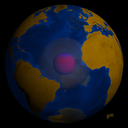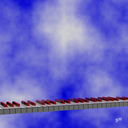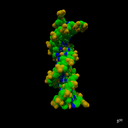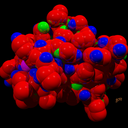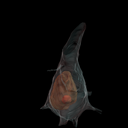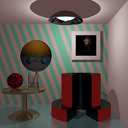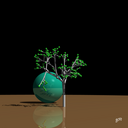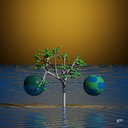Sunday, July 07, 2002
Geek Log
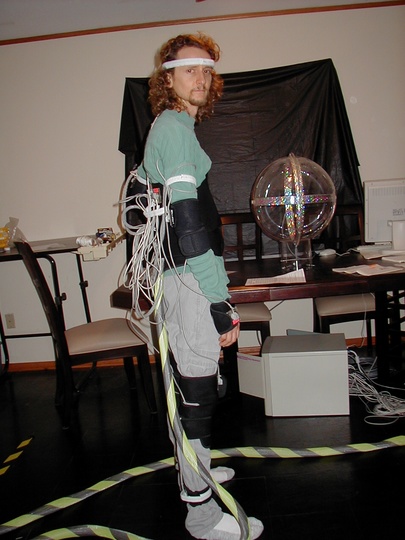
(choose your favorite caption)
"Yeah, what do you do in your spare time?"
"Though still tethered, a major milestone is reached when the Cyber-Simon successfully executes the look."
"Hi, my name is Simon, and I have a class-7 rig. For the best cyber-sex you've ever had, enter your cyberware IP, port number, and a rendezvous time, and press SUBMIT."
"Light the fuse already."
"For people who won't exercise of their own volition..."
Actually, I was helping Doug test his motion capture setup...
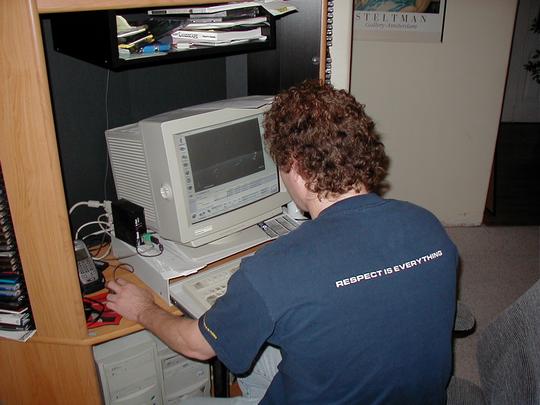
Which sort of worked and sort of didn't. We eventually figured out that the rotations were coming in backwards. Doug has since recalibrated and is getting much better results than this.
Meanwhile, I've been resurrecting all the old computers in my garage...
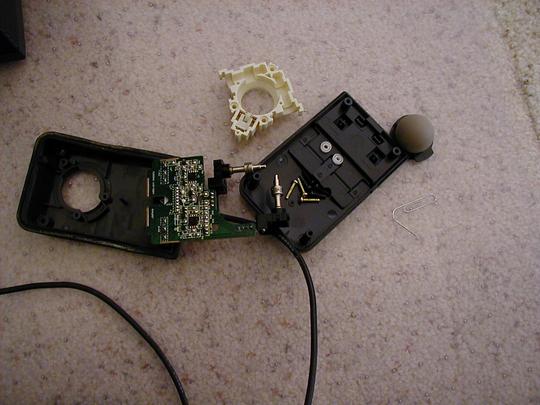
(Sadly after all that it turned out the problem was in the cable)
Isn't this clean? It's got built in ethernet (10T and coax), scsi, laser-printer port, serial, video, audio in/out, and a floppy, all on this clean, simple motherboard -- over ten years ago. Progress is a funny thing:
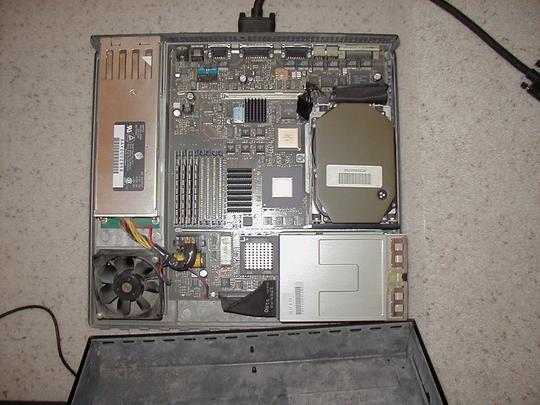
Yeah, it's a NeXT.
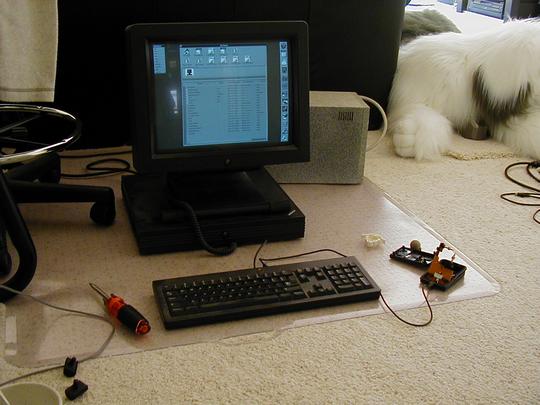
Next I'm going to resurrect the franken-modem so the NeXT can also double as a programmable, net-accessible telephone interface (and hence answering machine among other things...).
On other fronts I had my mp3s playing through my main stereo via a wireless link earlier today. It sounded great except when I walked through the path of the transmitters -- microwaves don't like big bags of water in the way! Back to the drawing board. (Hmm... perhaps if I dehydrate myself and any house guests...)
Also just wrote a translator from my old image format to png. Before jpeg and png existed, I wrote my own image format not too different from png (though both simpler and more general--did I mention progress is a funny thing?). But since png's lossless and now nearly ubiquitous it seemed finally time to convert my old images. Here's a sampling (note I started with a C compiler and not much else to make these -- no off-the-shelf 3d software available to me at the time...):

